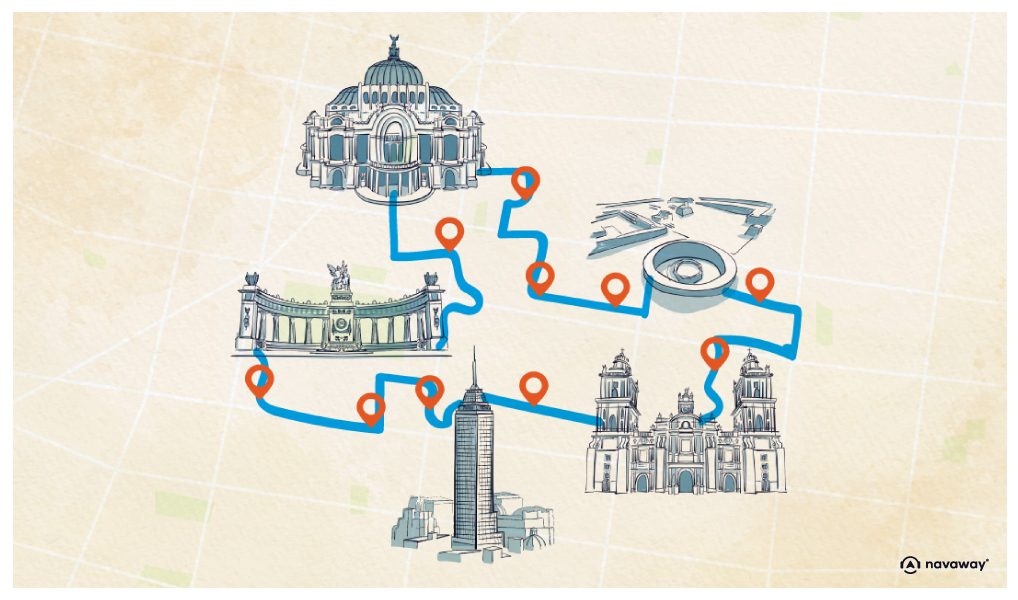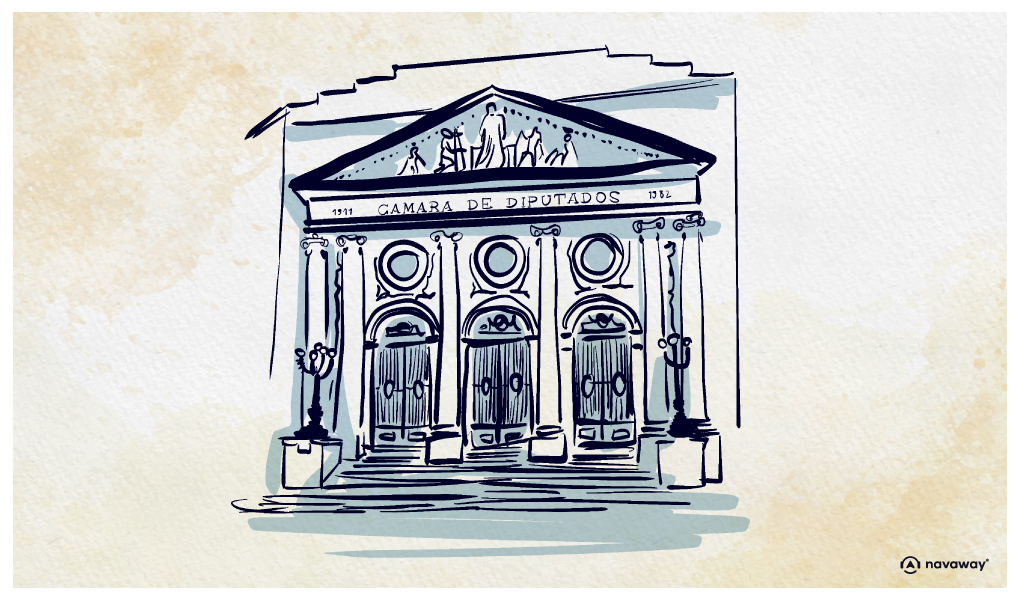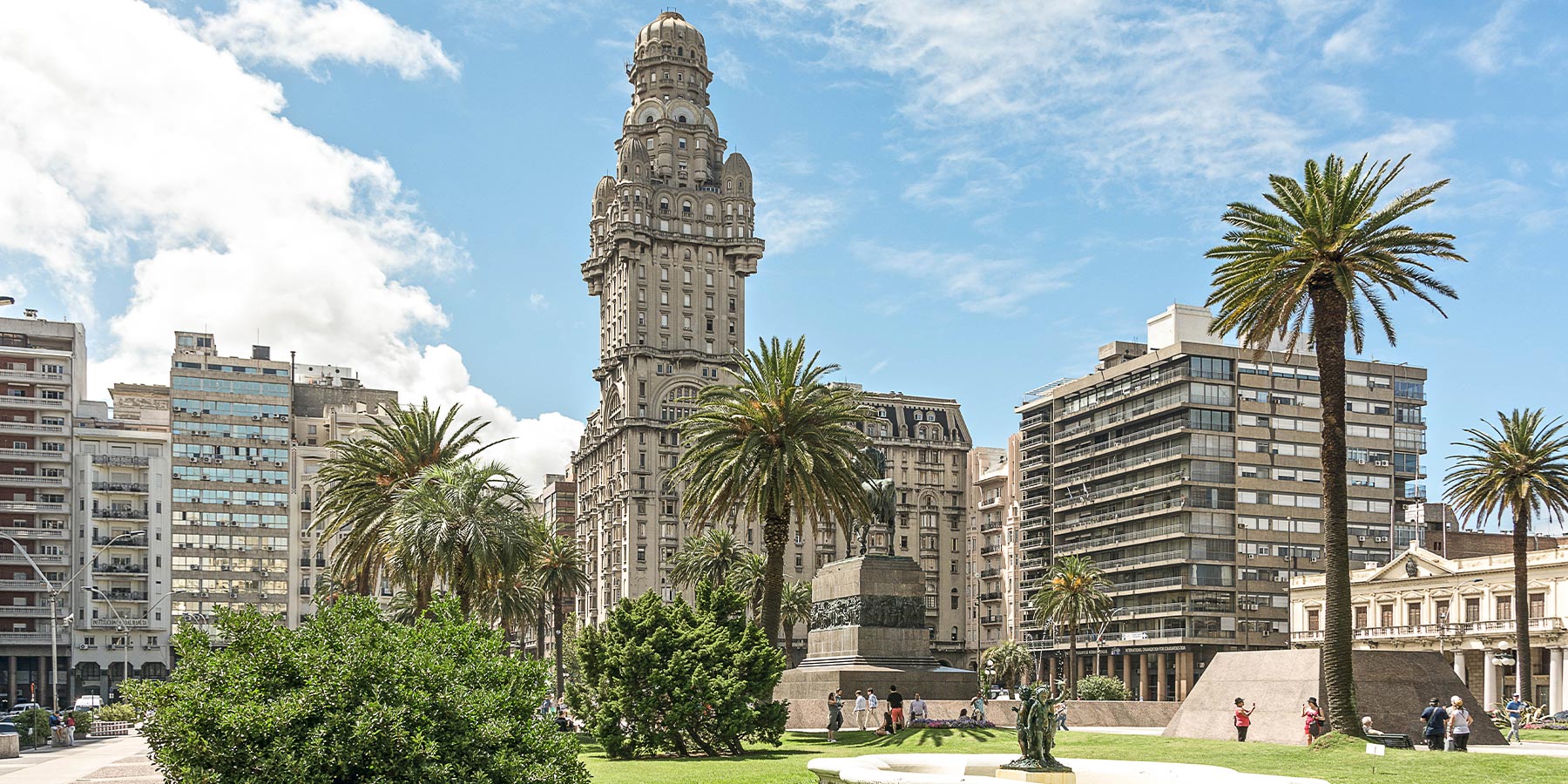
Donceles Legislative Palace

This point of interest is available as audio on the tour: Visit Mexico, Retracing the steps of the Aztecs
Behind you stand the six columns of the neoclassical façade belonging to the Donceles Legislative Palace, home to Mexico City’s Congress and the Chamber of Deputies. This is the perfect moment for a quick overview on the country’s political system. Mexico is a federal republic, governed by a Constitution that was established during the Mexican Revolution in 1917. The president holds the executive power and is elected by direct universal suffrage in a single round—for a non-renewable six-year term. As for the legislative branch, it’s bicameral, just like in the United Kingdom, composed of a Chamber of Deputies with 500 members elected for three years, and a Senate with 128 members elected for six years. Interestingly, Mexico follows a system similar to the one in the United States. Surprisingly, its official name goes by the United Mexican States, as it’s made up of 32 federal entities, each with its own parliament. The country’s political landscape is dominated by three major parties: the PRI (Institutional Revolutionary Party), the PAN (National Action Party), and the PRD (Party of the Democratic Revolution). In 2018, the PRD won the election—marking the first time in history that Mexico had a left-wing president. A real turning point for the nation! That said, while the system may resemble other democracies, it doesn’t mean it isn’t criticised. Corruption has long plagued Mexican politics: in 2015, the World Bank estimated that corruption represented a staggering 9% in the country’s GDP—even more than tourism. In fact, 74% of questioned Mexicans expressed distrust in official election results. A system that seems to hide a few flaws all the same.


Discover Mexico with app
An interactive guide through the most beautiful streets, squares, and districts
24 fun audioguides full of historical facts, anecdotes, and legends





Comments